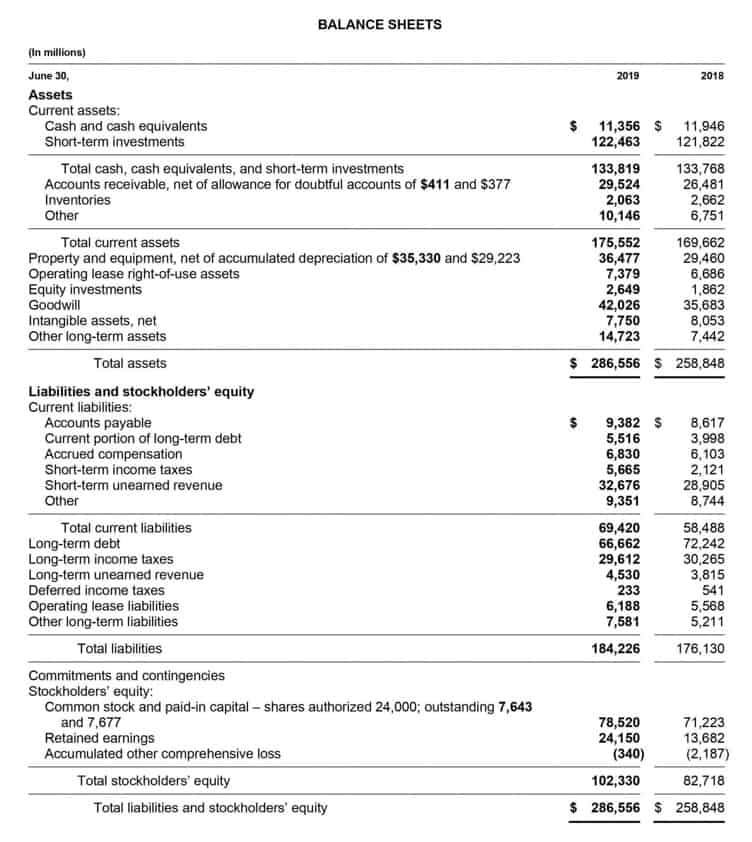
The agency knows from its predetermined net sales overhead rate that it will incur $200 in overhead costs for the project. The use of such a rate enables an enterprise to determine the approximate total cost of each job when completed. In recent years increased automation in manufacturing operations has resulted in a trend towards machine hours as the activity base in the calculation. Even for startups, having a basic understanding of your overhead costs is crucial. You might start with a simplified approach – perhaps using a percentage of direct costs or a rough per-unit estimate.
- Manufacturing operating expenses typically are comprised of machines, direct materials cost, direct labor hours and actual machine hours needed to manufacture a product.
- By understanding these factors, businesses can accurately determine their predetermined overhead rate and effectively manage their costs.
- Allocating overhead this way provides better visibility into how much overhead each department truly consumes.
- The POR is used to apply overhead costs to products or job orders, helping businesses to accurately price their products, manage budgets, and analyze cost behavior.
- Now management can estimate how much overhead will be required for upcoming work or even competitive bids.
- It is used in cost accounting to estimate manufacturing overhead costs for a specific period.
Strategies for Managing and Reducing Overhead Costs

In these situations, a direct cost (labor) has been replaced by an overhead cost (e.g., depreciation on equipment). To account for these changes in technology and production, many organizations today have adopted an overhead allocation method known as activity-based costing (ABC). This chapter will explain the transition to ABC and provide a foundation in its mechanics. The most prominent concern of this rate is that it is not realistic being that it is based on estimates. Since the numerator and denominator of the POHR formula are comprised of estimates, there is a possibility that the result will not be close to the actual overhead rate. The fact is production has not taken place and is completely based on previous accounting records or forecasts.
- With this information in mind, it pays to take some time to calculate your own predetermined overhead rate so that you can manage expenses with confidence.
- A clear understanding of these concepts is essential for accurately calculating and applying overhead rates, leading to more informed decision-making and a more accurate assessment of product costs.
- This rate is used to allocate these costs to the various products and services that the company produces.
- The tool is especially useful in manufacturing and production settings, where accurate cost allocation is critical for job costing and financial planning.
- Applied overhead represents the amount of overhead costs that are assigned to products or services using the predetermined overhead rate.
- As a collective of industry professionals and enthusiasts, we aim to empower organizations with actionable strategies, innovative tools, and thought leadership that drive value and efficiency.
Plantwide Overhead Rate vs Departmental Rate
- For example, the costs of heating and cooling a factory in Illinois will be highest in the winter and summer months and lowest in the spring and fall.
- Once you have an industry average, you can adjust it to fit your specific business needs.
- If costs rise above predetermined limits, action can be taken to reduce expenses.
- Using last year’s overhead rate without considering changes can lead to pricing mistakes.
- It’s important to note that this is an estimated rate, and actual overhead costs and the actual activity base can be different from the estimated figures.
To gain a better understanding of this concept, it is important to understand the differences between operating expenses and overhead expenses. In general, management teams will divide expenses between these two categories because they provide broader insight into an accurate product cost and the manufacturing of a product. As more and more products are produced, the greater the effect on profitability. Dividing expenses by operating and overhead help to set prices accordingly and increase profit margins. Manufacturing operating expenses typically are comprised of machines, direct materials cost, direct labor hours and actual machine hours needed to manufacture a product. The cost of some of these items can vary based on the job or number of units produced and may require job-order costing or activity-based costing.

Overhead Rate Meaning, Formula, Calculations, Uses, Examples

This prompted them to reassess their budgeting strategies and renegotiate their utility contracts to mitigate the impact on their bottom line. •A company usually does not incur overhead costs uniformly throughout the year. However, allocating more overhead costs to a job produced in the winter compared to one produced in the summer may serve no useful purpose. This increases the value of inventory and reflects the allocation of overhead costs to production. Understanding the difference between variable and fixed overhead is crucial for cost-volume-profit analysis and break-even calculations. It also impacts the approach to overhead allocation, as variable and fixed overhead may require different allocation methods to accurately reflect cost drivers.


This aids data-driven decision making around overhead rates even for off-site owners and managers. Built-in analytics help uncover spending trends and quickly flag unusual variances for further investigation. Using small business accounting software centralizes overhead tracking and analysis. Features like automated categorization and reporting provide real-time visibility into overhead costs. By factoring in overhead costs in this manner, the Bookkeeping for Startups company arrives at a more accurate COGS.
- Understanding your company’s finances is an essential part of running a successful business.
- In summary, overhead rates have a sizable impact on a company’s key financial statements and decisions.
- Understanding the predetermined overhead rate is crucial for businesses to accurately allocate indirect costs to products and services.
- Businesses should understand which overhead costs are fixed vs variable when budgeting and setting overhead rates.
- To account for these changes in technology and production, many organizations today have adopted an overhead allocation method known as activity-based costing (ABC).
The company, having calculated its overhead costs as $20 per labor hour, now has a baseline cost-per-hour figure that it can use to appropriately charge its customers for labor and earn a profit. what is predetermined overhead rate That is, the company is now aware that a 5-hour job, for instance, will have an estimated overhead cost of $100. Overhead rates are an important concept in cost accounting and business analysis. By properly calculating and applying overhead rates, businesses can accurately assess the true costs of their operations.
